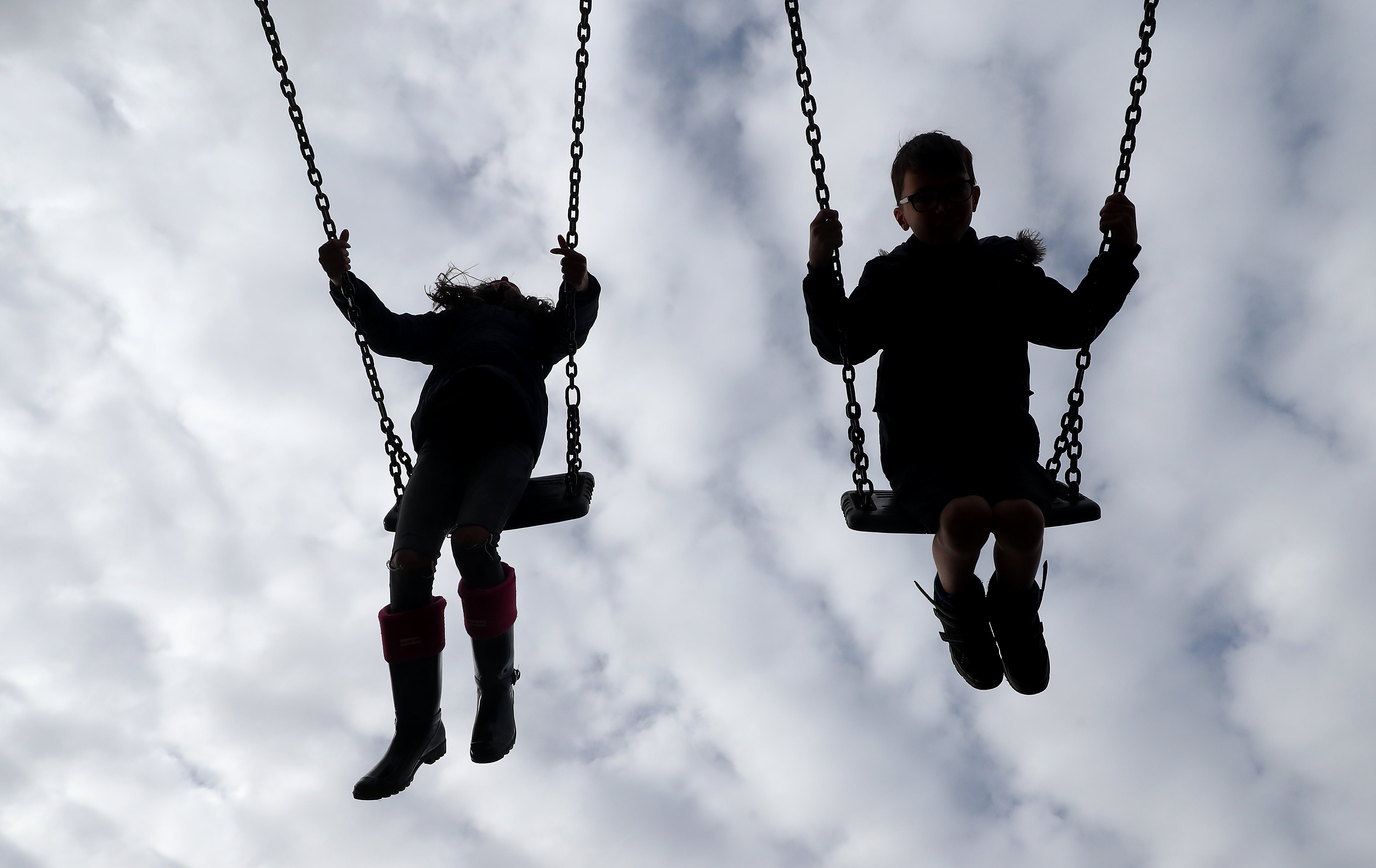Call for more city parks to improve children’s lungs
It comes after a new study linked lung health to how close a child lives to a ‘green space’.

Your support helps us to tell the story
From reproductive rights to climate change to Big Tech, The Independent is on the ground when the story is developing. Whether it's investigating the financials of Elon Musk's pro-Trump PAC or producing our latest documentary, 'The A Word', which shines a light on the American women fighting for reproductive rights, we know how important it is to parse out the facts from the messaging.
At such a critical moment in US history, we need reporters on the ground. Your donation allows us to keep sending journalists to speak to both sides of the story.
The Independent is trusted by Americans across the entire political spectrum. And unlike many other quality news outlets, we choose not to lock Americans out of our reporting and analysis with paywalls. We believe quality journalism should be available to everyone, paid for by those who can afford it.
Your support makes all the difference.More must be done to ensure children have access to parks and other green spaces to improve their lung health, a new study suggests.
Researchers examined more than 3,000 city-dwelling children and found that those who moved closer to green spaces were more likely to have better lung function than those who lived further away.
The academics behind the study said their findings support the idea of families moving to greener areas but also highlight the need to create more green spaces in cities and towns.
Some 3,278 children living in the Portuguese city of Porto took part in the study.
Our research suggests the greener, the better. These improvements are modest at around 2%. However, if we look at the whole population, making our neighbourhoods greener could have a considerable impact
Researchers examined the nearest green spaces to children when they were born and again when they were aged four, seven and 10.
Children also performed a lung function test called a forced vital capacity assessment which measures respiratory health by showing the maximum amount of air a person can blow out after taking in the deepest possible breath.
The study, published in the European Respiratory Journal, found children whose home surroundings became “greener” between birth and their 10th birthday, either due to house moves or due to environmental changes, had better lung function.
The authors said that while the mechanism behind the finding is “still unknown”, their study suggests that “city greening may improve children’s respiratory health”.
Lead author Dr Diogo Queiroz Almeida, from the University of Porto, said: “Our research suggests the greener, the better.
“These improvements are modest at around 2%. However, if we look at the whole population, making our neighbourhoods greener could have a considerable impact.
“We looked at factors like physical activity and air pollution, but the link between lung function and moving closer to green space remained, even after we took these into account.
“It could also be that getting closer to nature reduces stress, which can improve physical health, or it might have a positive effect on children’s microbiome – the community of different bacteria that live in our bodies.
“We found that living in greener neighbourhoods as children grow up is more important for their breathing than living in a green area when they were born. This may be because babies spend much less time outdoors than children.”
He added: “To reduce health inequalities, we need to make our cities greener, especially in areas where there is little or no green space.”